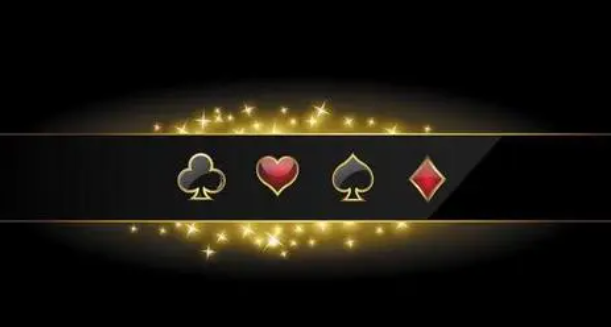Introduction
Playing cards are a ubiquitous part of many cultures, offering endless entertainment and strategic gameplay. One of the defining features of traditional playing cards is their suits: hearts, diamonds, clubs, and spades. In this article, we'll delve into the English terms for these suits, exploring their origins, symbolism, and significance in card games.
The Suits of Playing Cards

The image above depicts the four suits of playing cards: hearts, diamonds, clubs, and spades. Each suit has its own distinct symbols and colors, which are essential for identifying cards during gameplay.
Hearts
Hearts, often depicted as red, symbolize love, passion, and emotion. In playing card games, the heart suit is associated with matters of the heart, such as romance and relationships. Cards in this suit often carry significant value, especially in games like Hearts and Bridge.
Diamonds
Diamonds, typically shown as red as well, represent wealth, prosperity, and abundance. In card games, the diamond suit often signifies material wealth and fortune. Players strive to collect diamonds to increase their score or accumulate wealth within the game.
Clubs
Clubs, usually depicted as black, symbolize strength, unity, and power. In playing card games, the club suit often represents physical or mental strength. Cards in this suit may be associated with actions or strategies that require determination and resolve.
Spades
Spades, commonly shown as black, symbolize wisdom, ambition, and intellect. In card games, the spade suit often involves strategic thinking and planning. Players may use spade cards to outsmart opponents or achieve their objectives through cunning tactics.
Conclusion
Playing cards have a rich history and cultural significance across the globe. Understanding the symbolism and meanings behind the suits adds depth to the gameplay experience. Whether you're playing a casual game with friends or competing in a professional tournament, the suits of playing cards remain an essential aspect of the game.




